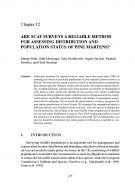
Systematic searches for marten feces or ‘scats’ have been used since 1980 for assessing the status of protected populations of pine martens in Britain. This report reviews the recent history of survey programs for pine marten populations in Britain and examines the accuracy of marten scat identification in the field.
Download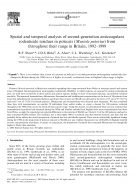
Polecats in Britain are currently expanding their range eastwards from Wales to reoccupy central and eastern areas of England. Second-generation anticoagulant rodenticides (SGARs), to which polecats are exposed by eating contaminated prey, are used more extensively in these central and eastern regions, leading to fears of increased exposure, and possible resultant mortality.
Download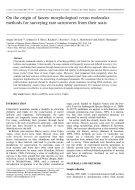
Charismatic mammals remain a linchpin in attracting publicity and funds for the conservation of native habitats and organisms. Unfortunately, the same animals are frequently scarce and difficult to survey. For many, confirming their presence through faecal surveys is the only cost-effective approach.
DownloadOver the past 50 years European populations of the lesser horseshoe bat have severely declined. To date, studies of the foraging behaviour of this species have been limited as its low mass (4±8 g) precluded the use of radio-telemetry because commercially available radio-transmitters exceeded 10% of its body mass. In this study, radiotransmitters weighing < 0.35 g were built.
Download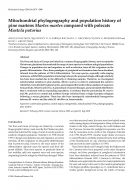
The flora and fauna of Europe are linked by a common biogeographic history, most recently the Pleistocene glaciations that restricted the range of most, if not all, species to southern refugial populations. Changes in population size and migration, as well as selection, all left a signature on the genetic differentiation that is present today.
Download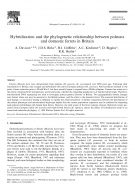
Ferrets were domesticated from polecats more than 2000 years ago. Following their introduction to Britain, they escaped and hybridized with native European polecats. Native polecats declined to the point of near extinction prior to World War I but have recently begun to expand from a Welsh refugium. Concern has arisen as to the extent of polecat/ferret introgression, and in particular, whether the expanding population is of mainly hybrid origin.
Download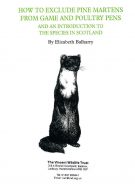
This leaflet provides information on practical steps you can take to protect game and domestic fowl from pine martens. Details are provided on preventative methods such as line wire and overhang electric fencing and pop holes. Guidance is also given on making hen houses marten-proof.
Download